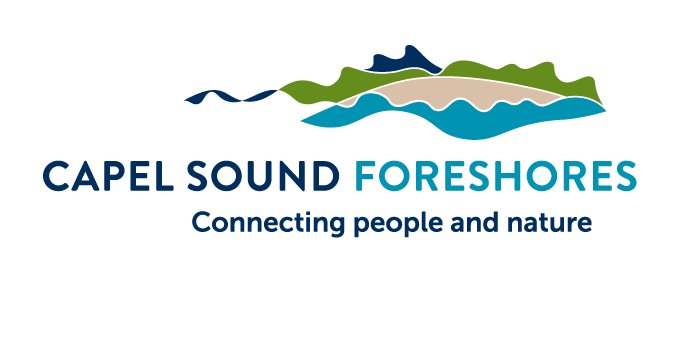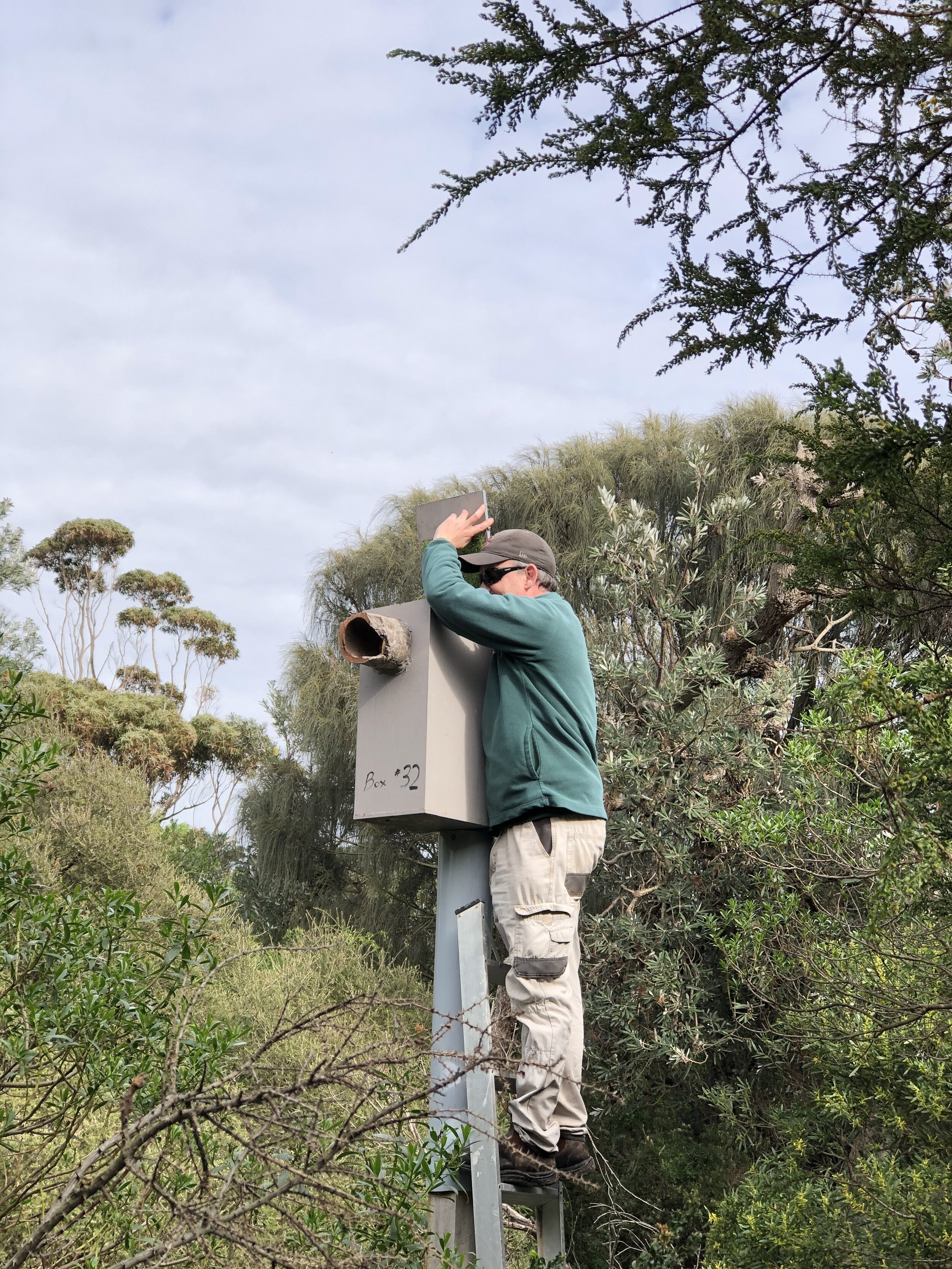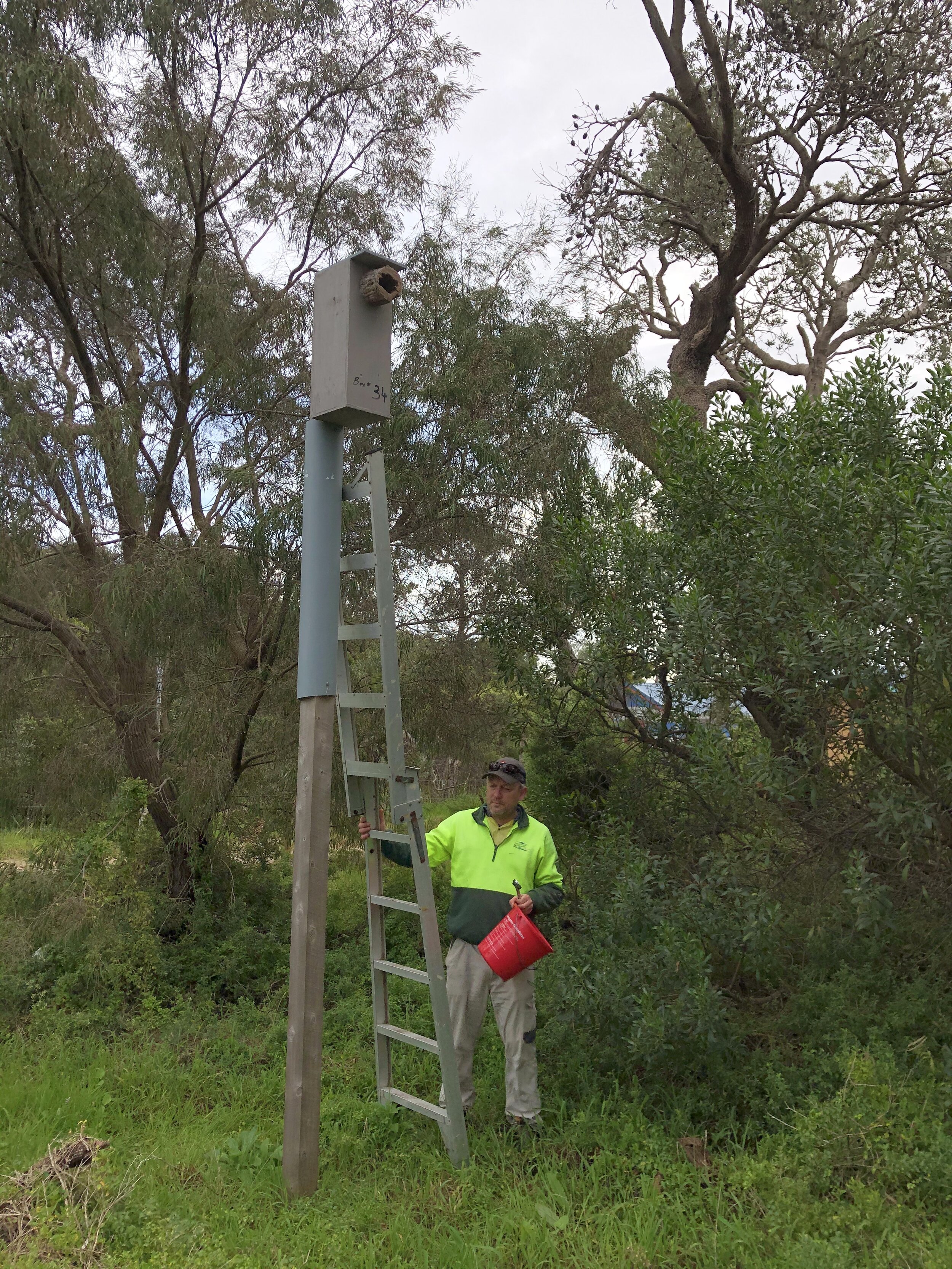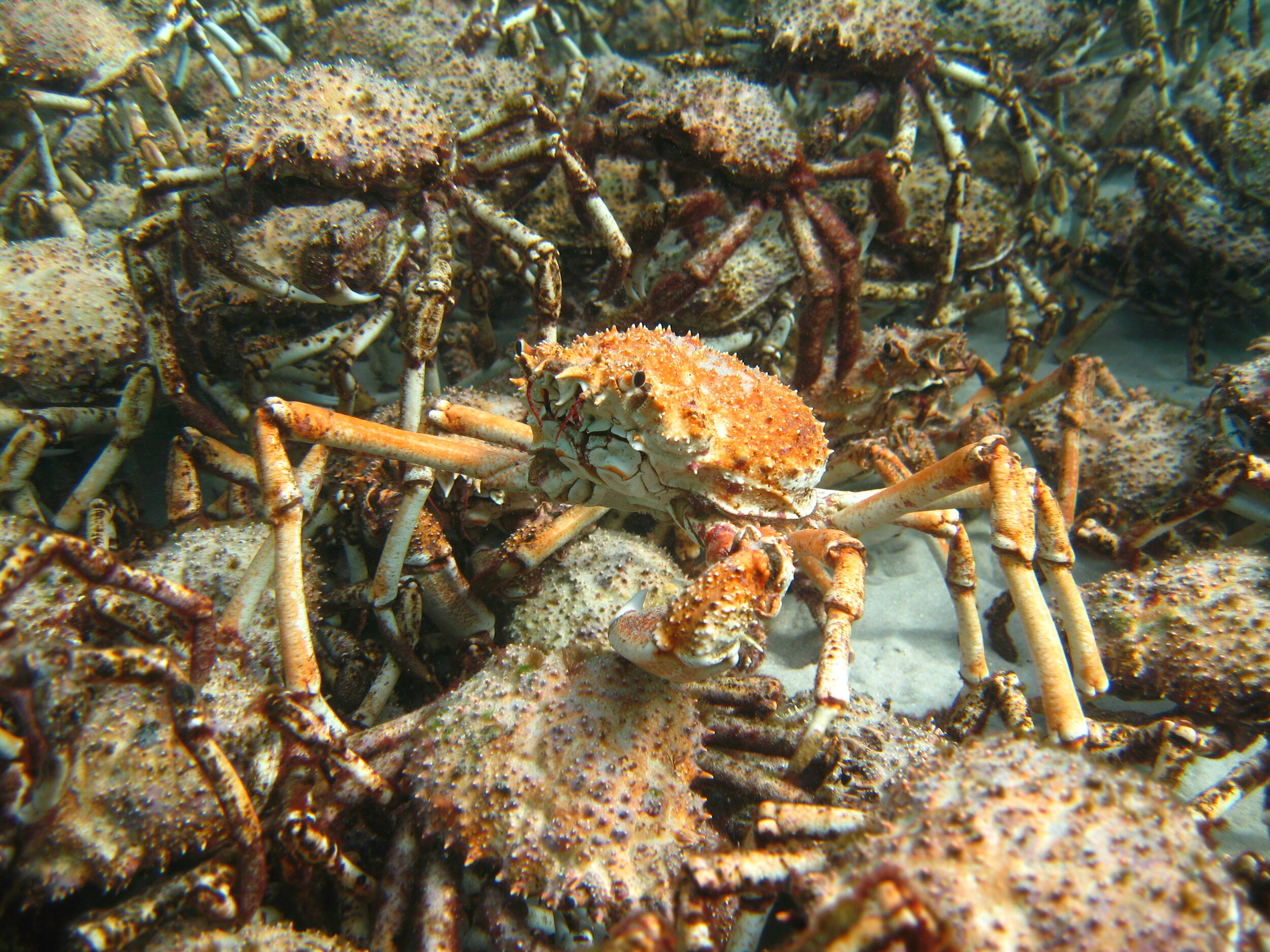We have discovered a pair of Sugar Gliders on our foreshore! They have never been observed here before so this is great news!
Lorikeets, parrots, galahs and rosellas start to look for suitable nesting sites in late Winter so each year Rangers install nesting boxes on poles designed to keep Ringtail Possums and Brushtail Possums out.
Crumbly mulch from decomposed local banksias is placed into the bottom to make them more enticing.
It was while checking the mulch in one of these boxes that we discovered the Sugar Gliders!
We are beyond thrilled. Hopefully we’ll see a clan form and expand!
Image source: Australian Museum








